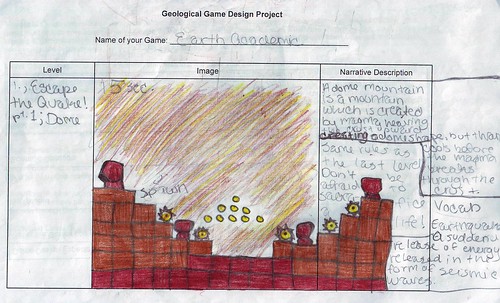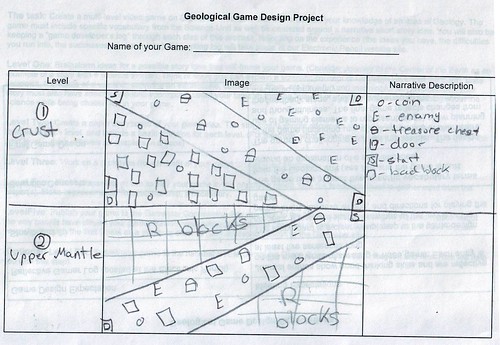
It says a lot about a book when the last line is “Choose to be powerful.”
So ends The Connected Learner: Learning and Leading in a Digital Age by Sheryl Nussbaum-Beach and Lani Ritter Hall. Here is a book that explores the ways that teachers need to be connecting with other teachers outside of the physical confines of their buildings or school districts, and joining the movement to use online tools for professional development, professional inquiry and action projects. (Note of disclosure: the writers sent me a free copy to review but laid out no expectations of a positive review.)
While many trade books are emerging about ways to engage our students as learners on the global stage with technology as a tool for engagement, Nussbaum-Beach and Hall train their sights on the people who can really make a difference in the classroom: the teachers themselves. And, as they rightly note, as more teachers start using technology for constructing valuable learning spaces for themselves, they will then understand the power and potential of those concepts for their students. We need teachers to become models for our young people, and to make that engagement in the information world more transparent.
“Teachers must learn to model connectedness and enable students to develop personal learning networks, made up of people and resources from both their physical and virtual worlds — but first, teachers must become connected collaborators themselves.” (p. 4)
At my own school, we spend one period a week in what was first called a Professional Learning Community, and now has been relabeled as a Community of Practice. (So, I was interested to see the chart in this book that defines both of those ). Our aim, as set forth by our building principal, is to use data to drive changes in our curriculum, and to focus as a teaching team on an issue. Our principal has the right idea to structure collaboration among colleagues, but I wonder what it would be like to connect our small learning sphere to other ones emerging in other schools, and how shared action research projects and collaboration might unfold. I don’t think our school is ready for that. Most schools are not. But this book paves a path of rationale for why educators might consider a move in that direction.
I enjoyed the many anecdotes from teachers in this book as they talked about the ways that connections improved their teaching and students’ experiences. I also appreciated that they walked the walk here, too, setting up a variety of platform spaces for readers of the book to engage in the material. The chapters connect to a Voicethread, a Google Doc presentation, a Wallwisher, a hashtag on Twitter, and more. While there has not been much activity on those spaces (and I wonder, will there be? Perhaps as the two writers use the book as a jumping off place for workshops and seminars, those spaces will grow with new insights. One can hope), the fact that those elements are there in the online world shows how the experience of learning from books can be extended to reader engagement with virtual tools. Which is yet another model for our classroom, right?
The Connected Educator is enlightening in many ways, and if you are seeking for ways to move beyond your own professional learning circles, Nussbaum-Beach and Hall show you the way forward. Remember that last line of the book. Choose to be powerful. It matters.
Peace (in the connections),
Kevin



